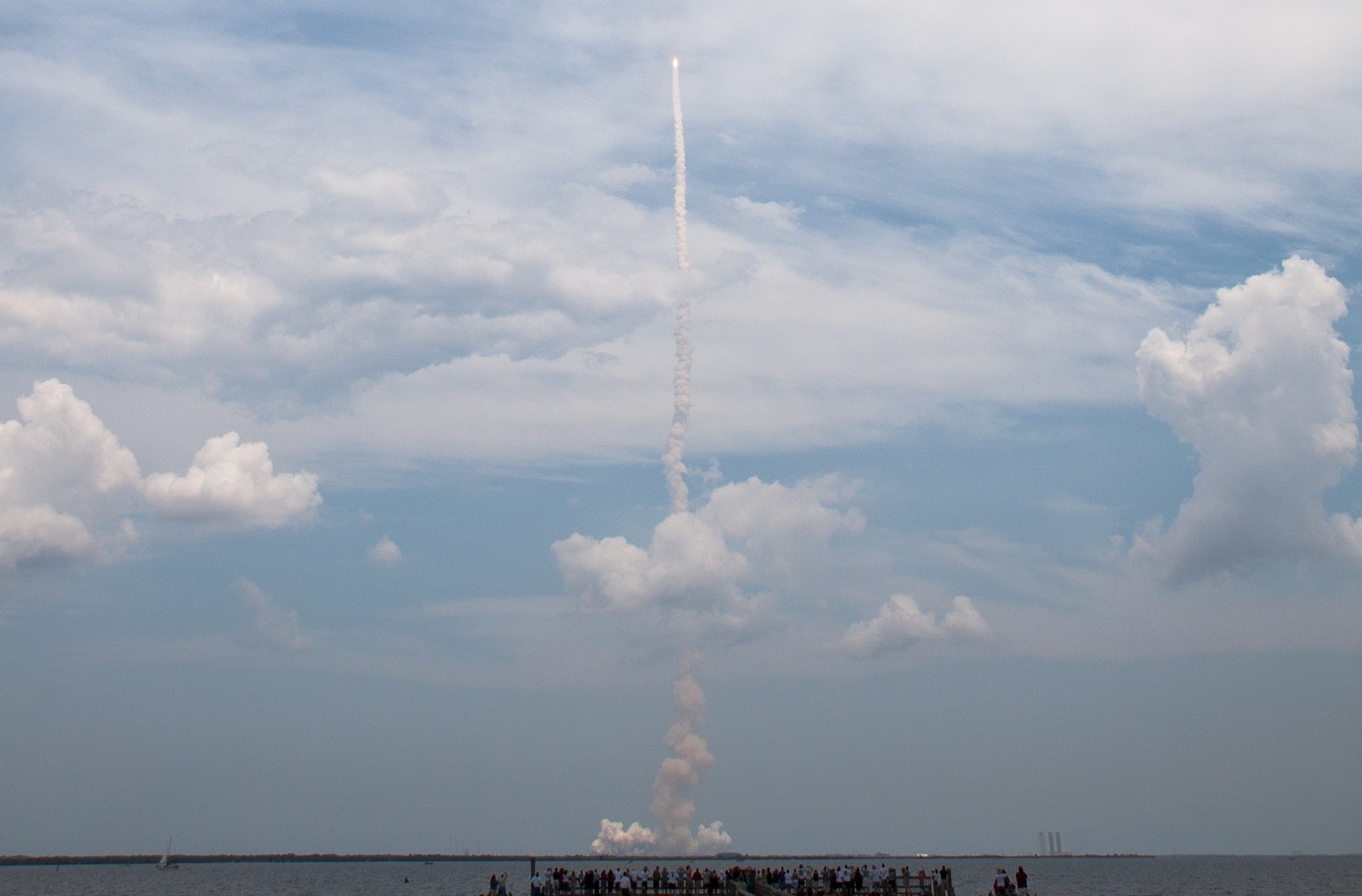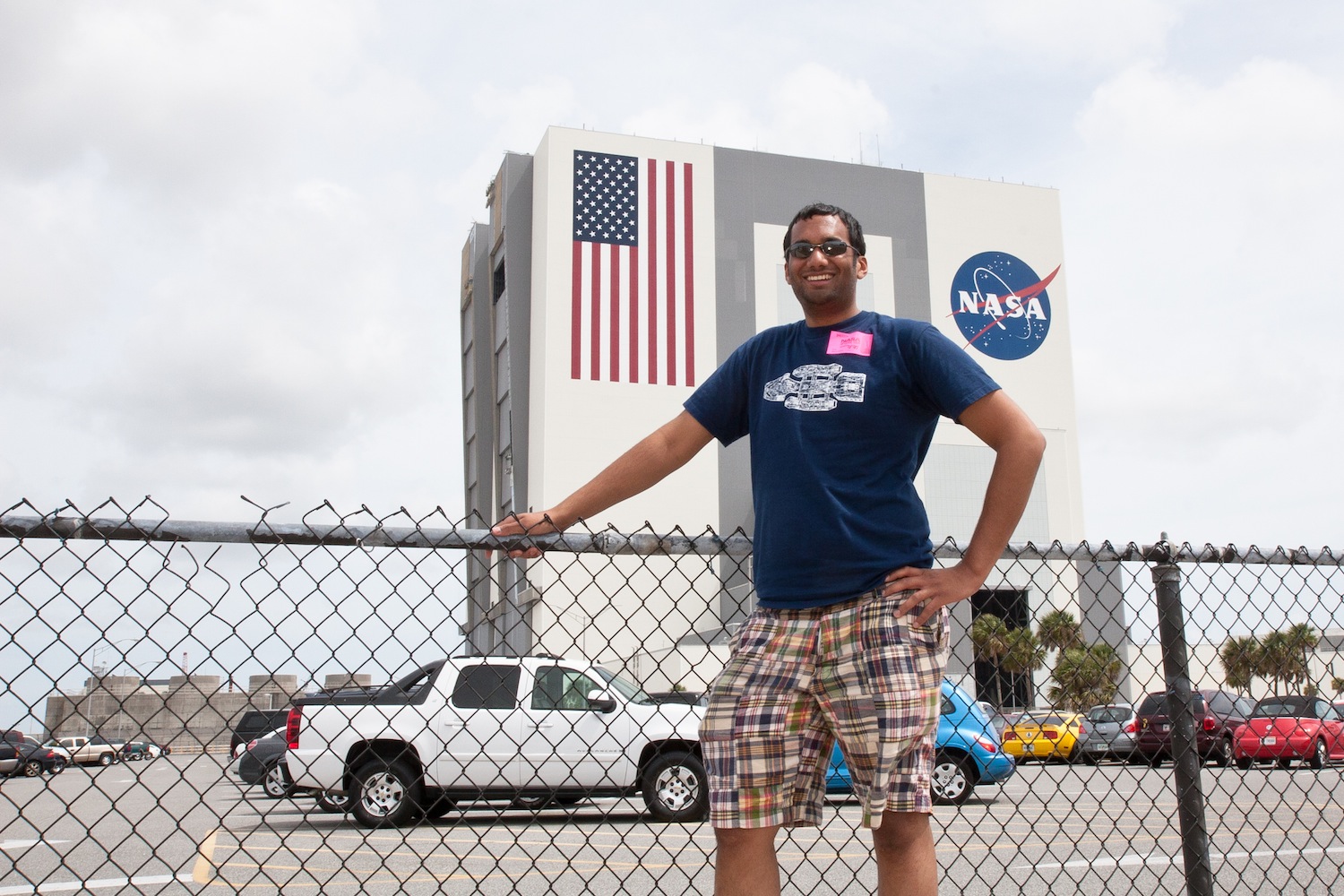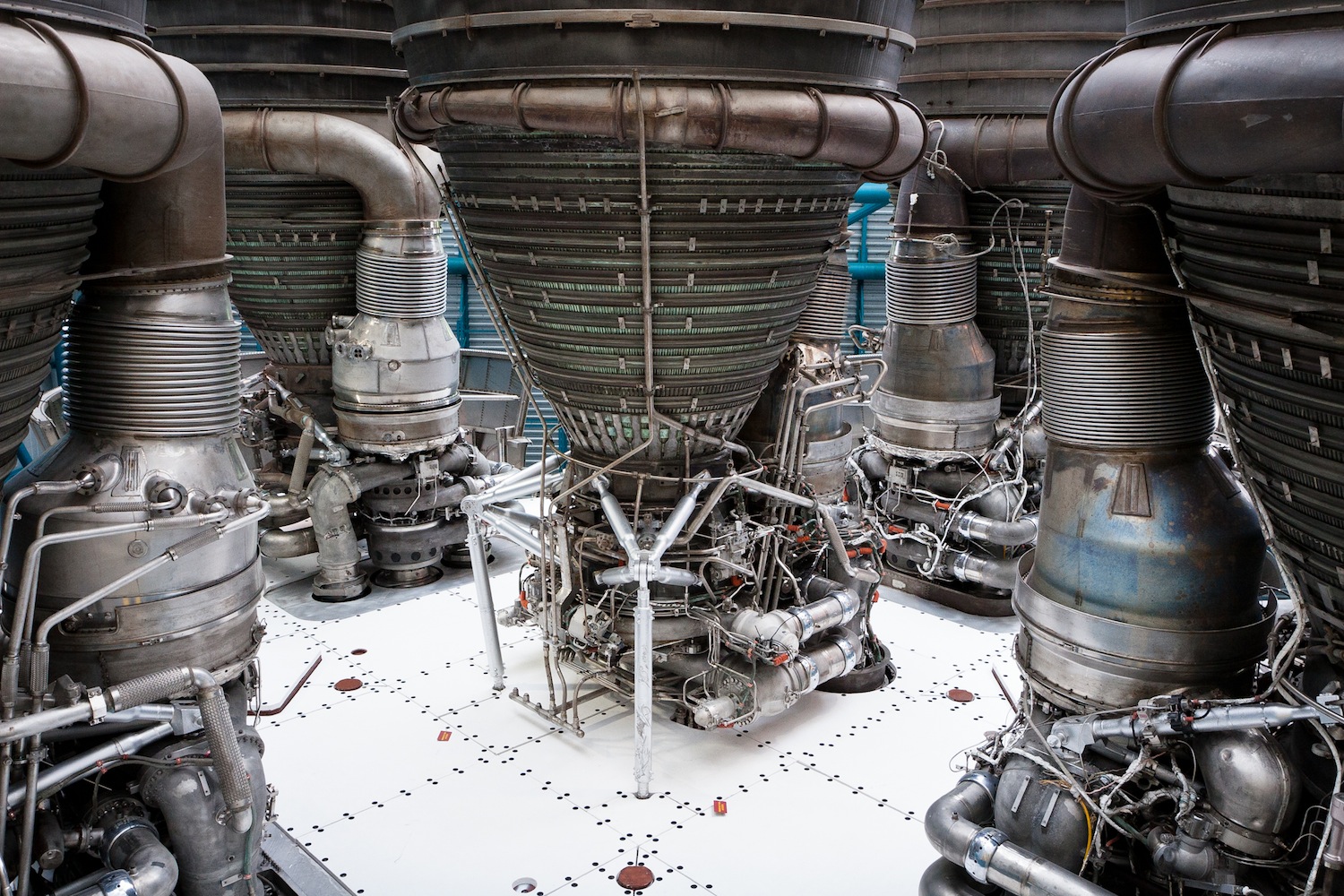Space Shuttle Endeavor and the International Space Station. Image by NASA.
For one year in college I had the job of my dreams—working as an intern at the NASA Ames Research Center. Even though my day was full of grunt work like scheduling appointments, running experiments, and maintaining a database of research participants, I was honored to part of an organization that I believed in so deeply. Interning at NASA felt like the closest I would get to the final frontier and I savored it till the end.
The coolest part of the internship was getting to learn about the psychology of space exploration. While my team was responsible for human-machine interfaces (like the redesigned Space Shuttle glass cockpit), they also taught me what it takes to keep astronauts alive in space (beyond the obvious stuff like oxygen and radiation shields). Since we’re all eagerly awaiting Alfonso Cuarón's Gravity, a film about survival in space, I thought this would be a great time to revisit NASA’s lessons about space travel—build an effective team, create Earth-like conditions, and develop rapid brain and behavioral feedback.
1) Build An Effective Team
The multinational crew of the Columbia STS-107 tragedy was one of the most diverse in NASA's history. Image by NASA.
After overcoming Earth's gravity and the vacuum of space, the next biggest challenge astronauts face is being part of an effective team. Imagine being stuck in a cramped area with a small group of people for a long period of time without any privacy or escape. No, it's not prison—this is what space exploration feels like. Astronauts work in suffocatingly small spaces, have very stressful schedules, and rely on each other to get their jobs done. Small conflicts between the crew can quickly escalate into serious life threatening problems. Living and working well together, despite differences in personalities and perspectives, isn’t a lofty goal – it’s critical to survival in space.
NASA takes team building very seriously. Much of the research from NASA’s National Space Biomedical Research Institute has focused on team cohesion. We now know that mixed gender crews work better than all male or female crews (at least in remote research facilities, the military, and NASA). When it comes to multinational crews, the biggest barrier to cohesion is working with machines and procedures that are unfamiliar. This can be easily overcome if different nations work together when designing machines, developing procedures, and training their crew.
Based on these findings, NASA created a comprehensive team training program. Using classes, simulations, and virtual reality, NASA trains astronauts to effectively communicate with one another, work across cultures, make decisions, take care of each other, lead and follow, manage conflict, and deal with unexpected situations in space. Probably the most important part of the training is the subtle stuff that comes along the way—the crews get a chance to spend time together before missions, get to know each other, create a common language, and develop trust for one another.
Space agencies have done a pretty good job of building effective teams for Apollo, Space Shuttle, Mir, and International Space Station missions. But these missions have had the benefit of regular communication with Earth, support from ground crews, and shorter durations. The real challenge will be sending a team to Mars where communication with Earth will be delayed and the flight there and back could take years.
2) Create Earth-like Conditions
There's not much room for sunlight in the ISS. Image by NASA.
Our biology developed to survive within Earth's atmosphere and gravity. That's why spaceships have ample supplies of oxygen and why astronauts spend so much of their day exercising.
The same is true of our psychology—it developed to function on Earth, not in the vacuum of space. This becomes a major problem for our internal clock—the suprachiasmatic nucleus (SCN). The SCN regulates circadian rhythms, which wake us up in the morning and make us sleepy at night. Because the SCN is located right next to the optic nerve, sunlight has a big impact on it. The more sunlight gets into your eyes, the more alert you feel. As the sun sets and our surroundings become dark, the SCN gets your body ready for bed.
The problem with space exploration is astronauts don’t get the same exposure to sunlight and darkness that they’re used to on Earth. Take the International Space Station—it orbits the Earth every 90 minutes with varying exposure to sunlight. The SCN isn’t built for a 90-minute orbit; it's used to a 24-hour cycle. Being on the International Space Station is kinda like having perpetual jet lag. Combine that with the loud sounds of machinery and it’s no wonder so many astronauts suffer from insomnia and chronic drowsiness during simulations and space missions.
Insomnia and drowsiness is a huge problem for anyone operating machinery. Driving a car while drowsy is just as bad as driving drunk. You can imagine how much of a problem this would cause astronauts working with multimillion-dollar equipment in life-threatening situations.
The solution is replicating as many Earth-like conditions as possible. NASA plans to replace the International Space Station’s fluorescent lights with a new LED system that creates blue, white, and red light. A combination of these colors creates light that’s similar to what we get on Earth during mornings, afternoons, and evenings. Then, mission control will time the lighting to correspond with a 24-hour cycle. It’s a similar solution to light boxes which are used to treat seasonal depression.
3) Develop Rapid Brain and Behavioral Feedback
Sensors, like those in this space suit, will one day include brain and behavioral measures. Image by NASA.
We get a lot of feedback from the people we interact with every day. Coming home from a rough day at work, our loved ones might ask us how we’re doing and give us an opportunity to vent about whatever happened that day. This type of feedback helps us maintain good mental health. Improving awareness of our thoughts and feelings is also a major goal of all effective psychotherapies.
This type of feedback is rare in space. Sure, the crew might notice some changes in your mood, but what if they are also experiencing the same problems as you? They could also be the source of your frustration, leading you to isolate yourself. Some of the sleep research I discussed earlier has already shown that astronauts think they feel better than mission control's data indicates.
This is why NASA is developing remote brain and behavioral feedback systems to augment the current monitoring of an astronaut’s physiology. The goal is for ground crews to intervene with problems in space before they impact mission goals or compromise team cohesion. A group of psychologists are developing tools to measure interpersonal behaviors between crew members. Heart-rate, speech, and distance between crew members will be monitored using a badge. Ground teams will be alerted if there are altercations between the crew or if anyone is isolating themselves. Psychologists have also developed a psychomotor vigilance test that measures mood and depression. Saliva tests and facial recognition software can also be used to measure an astronaut’s stress and mood. All of this information will one day be integrated with computer software that can provide remote therapy to help astronauts get back on track.
NASA astronaut Chris Cassidy taking a photo from the ISS's cupola viewport. Image by NASA.
Building team cohesion, creating Earth-like conditions, and rapid feedback systems are important to survival in space. But it’s not enough to just survive. Space exploration is a deeply moving experience for many astronauts. They spend most of their free time in awe of the Earth (just look at these beautiful photographs from astronaut Chris Hadfield or watch his heartfelt goodbye to the International Space Station). Some astronauts return to Earth completely changed by what they saw in space. I wonder what would happen if we could all experience space flight and see our pale blue dot from the vastness of space?
This is why I love NASA. It represents the most optimistic branch of our government—an organization solely dedicated to exploration, science, and helping humans thrive in the most impossible situations. I hope Gravity will increase our appreciation for the resiliency of astronauts and the awesome enterprise that is human space exploration.
I’ve barely scratched the surface of space psychology. For much more check out NASA’s free ebook, The Psychology of Space Exploration: Contemporary Research in Historical Perspective.













